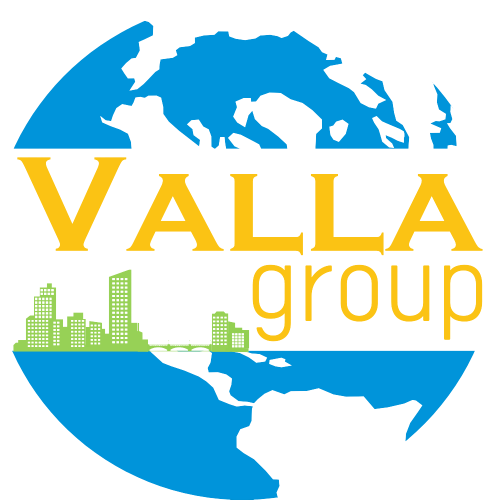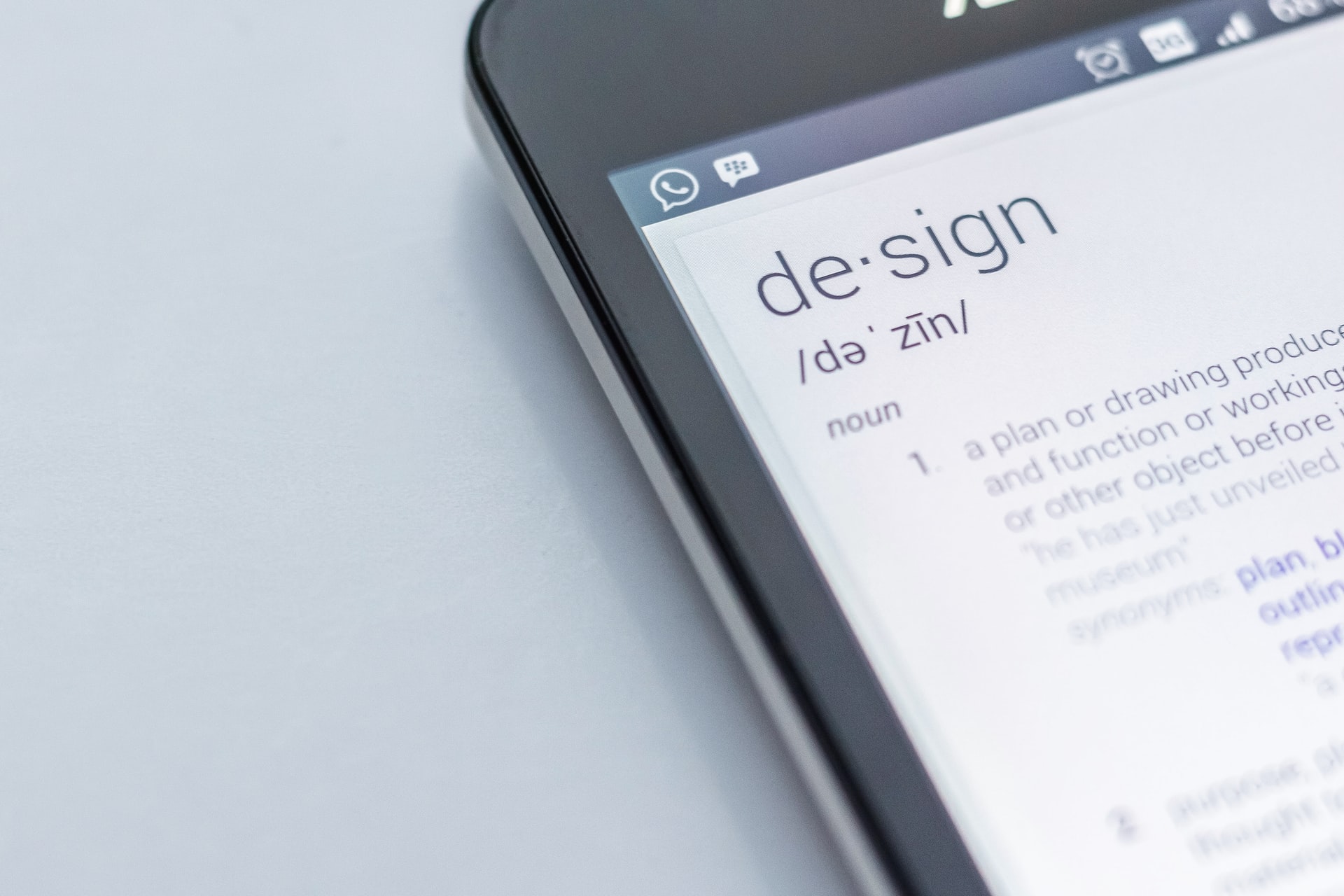
Project flow
Your project lifecycle
Any project can typically be divided into smaller portions or phases. Splitting your project into different stages, will clarify the scope of your undertaking and thus make it easier to manage. The five phases your project goes through, are:
- Phase 1: Initiation
- Phase 2: Planning
- Phase 3: Execution
- Phase 4: Monitoring
- Phase 5: Closing
These five phases together are called the lifecycle of your project. Although it is not necessarily true in each single case, oftentimes some phases overlap during the course of your project. The execution and monitoring phases are excellent examples, as they go hand in hand. Planning, on the other hand, may need to be re-evaluated based on insights and potential new features.
Let’s learn what all these different phases bring with them and click on one of the images below.

Phase 1: Initiating your project
This is where you turn your idea into a business case. Your main goal lies in gaining a clear view on your expectations and their feasibility.
This is the time to start answering some general (but important) questions:
- What are the ultimate goals?
- What are the constraints or limits?
- Who are the stakeholders?
- What is your budget?
- When is your project due?
- Is your project realistic and worth pursuing?
Phase 2: Planning your project
This is when things get concrete. With the general questions out of the way, you will now have to lay down a roadmap for your project.
- Decide on the technical requirements;
- Design a communication plan (how, how often and with whom do you share information?);
- Put the deliverables on paper;
- Make a Work Breakdown Structure (WBS);
- List all of the risks involved.


Phase 3: Start executing
This is where the fun (and trouble) begins! And when work gets done. At this time you will have to keep a close eye on which tasks need to be carried out by which time.
Of special importance are task dependencies. This means tasks that directly impact the ability to execute the next task. A simple example: your roof needs to be ready before the solar panel company you booked comes along. If you cancel them, you might have to wait for months, meaning you lose money.
Phase 4: Monitor your project
Perhaps the most important and underestimated phase. Monitoring your project is all about keeping control. Neglect to do this, and you’ll soon find yourself in a sticky situation. There are two sides to this phase:
- People management
- Money management
During execution, you’ll have to make sure that the deliverables are met. And if they aren’t, hold people / companies accountable accordingly.
You will also have to keep a keen eye on the expenses being made and their impact on the budget. And, of course, remember to keep the stakeholders in the loop.


Phase 5: Finalising and closing
Once your project is finished, you can formally deliver the project to the stakeholders. Schedule a meeting to discuss all of the agreed upon deliverables, the costs that were made and what still needs to be improved or optimised.
Next, write a detailed report with all final agreements and findings (including an expense report). Once your report is accepted by all stakeholders, you can officially close the project. Congratulations on a job well done!
Ready to enter the next phase?
Let us help you speed up the process - whichever stage your project is in at the moment.